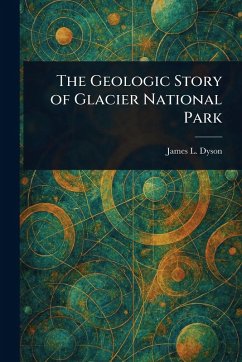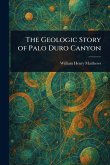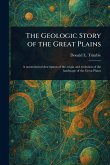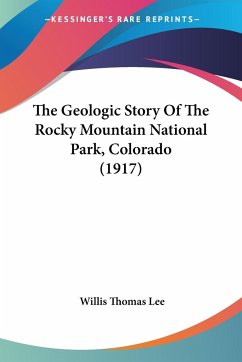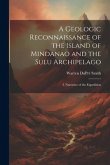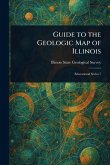Explore the dramatic geologic history of one of America's most breathtaking landscapes in "The Geologic Story of Glacier National Park" by James L. Dyson. This meticulously prepared republication unveils the secrets behind Glacier National Park's stunning glacial landforms and unique rock formations. Delve into the science of this Montana treasure as Dyson expertly explains the geologic processes that shaped the park's iconic features. Discover the story etched in stone, from the ancient forces that sculpted the mountains to the glaciers that carved the valleys. Whether you are a seasoned geologist, a travel enthusiast planning a visit, or simply fascinated by the natural world, this book offers an accessible and informative journey through time. Understand the origins of the park's beauty and gain a deeper appreciation for the power of geological forces in this timeless exploration of Glacier National Park. This work has been selected by scholars as being culturally important, and is part of the knowledge base of civilization as we know it. This work is in the public domain in the United States of America, and possibly other nations. Within the United States, you may freely copy and distribute this work, as no entity (individual or corporate) has a copyright on the body of the work. Scholars believe, and we concur, that this work is important enough to be preserved, reproduced, and made generally available to the public. We appreciate your support of the preservation process, and thank you for being an important part of keeping this knowledge alive and relevant.
Bitte wählen Sie Ihr Anliegen aus.
Rechnungen
Retourenschein anfordern
Bestellstatus
Storno

